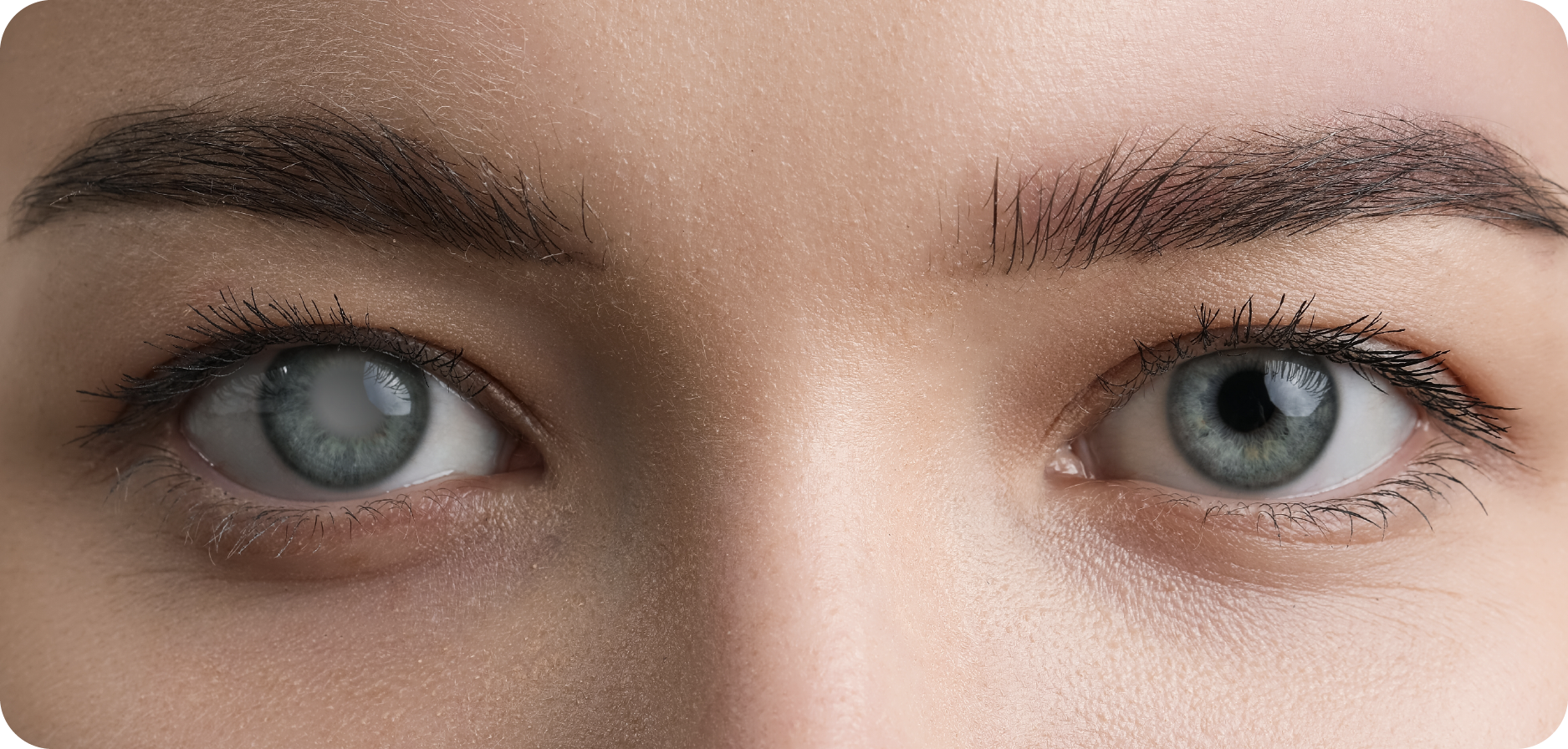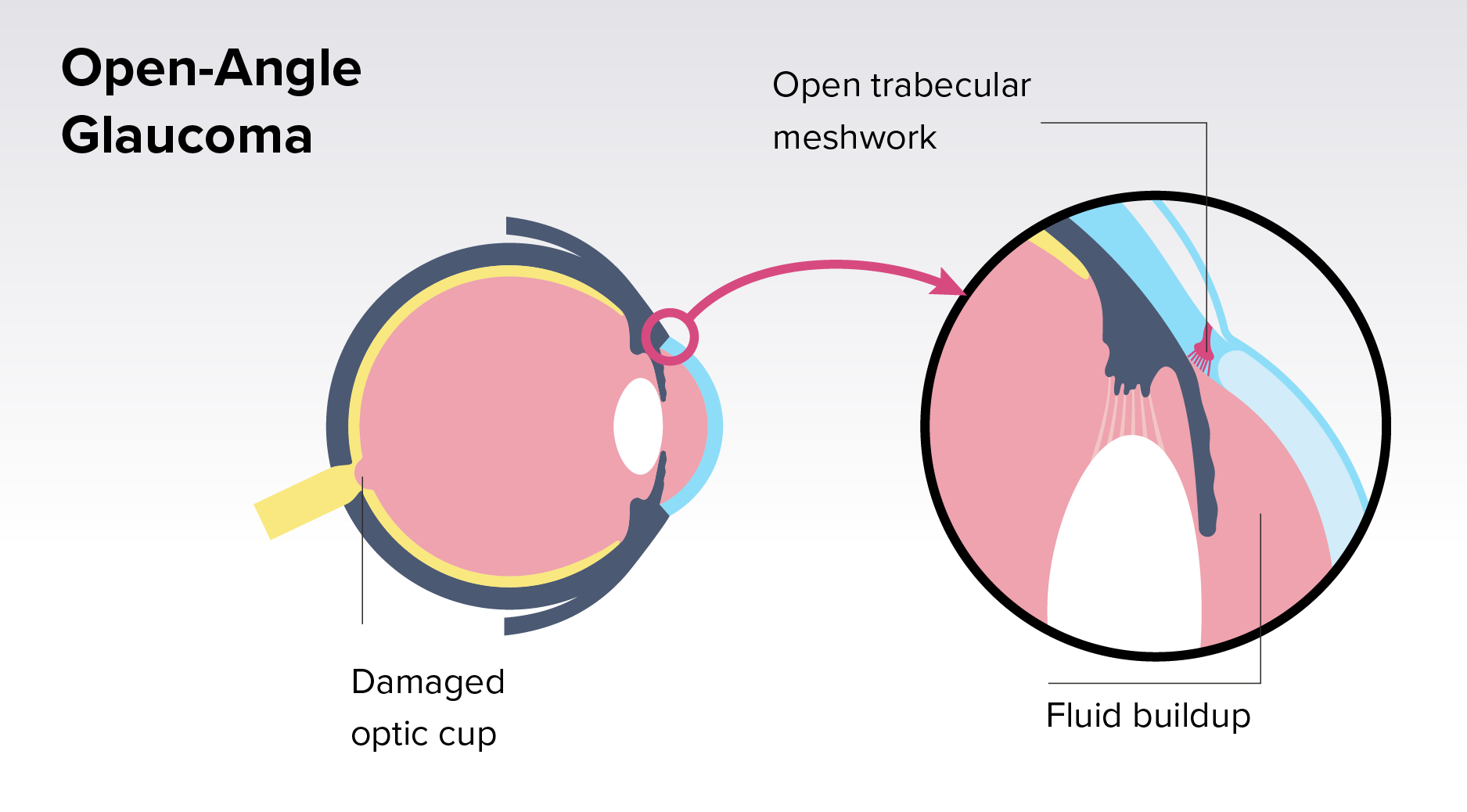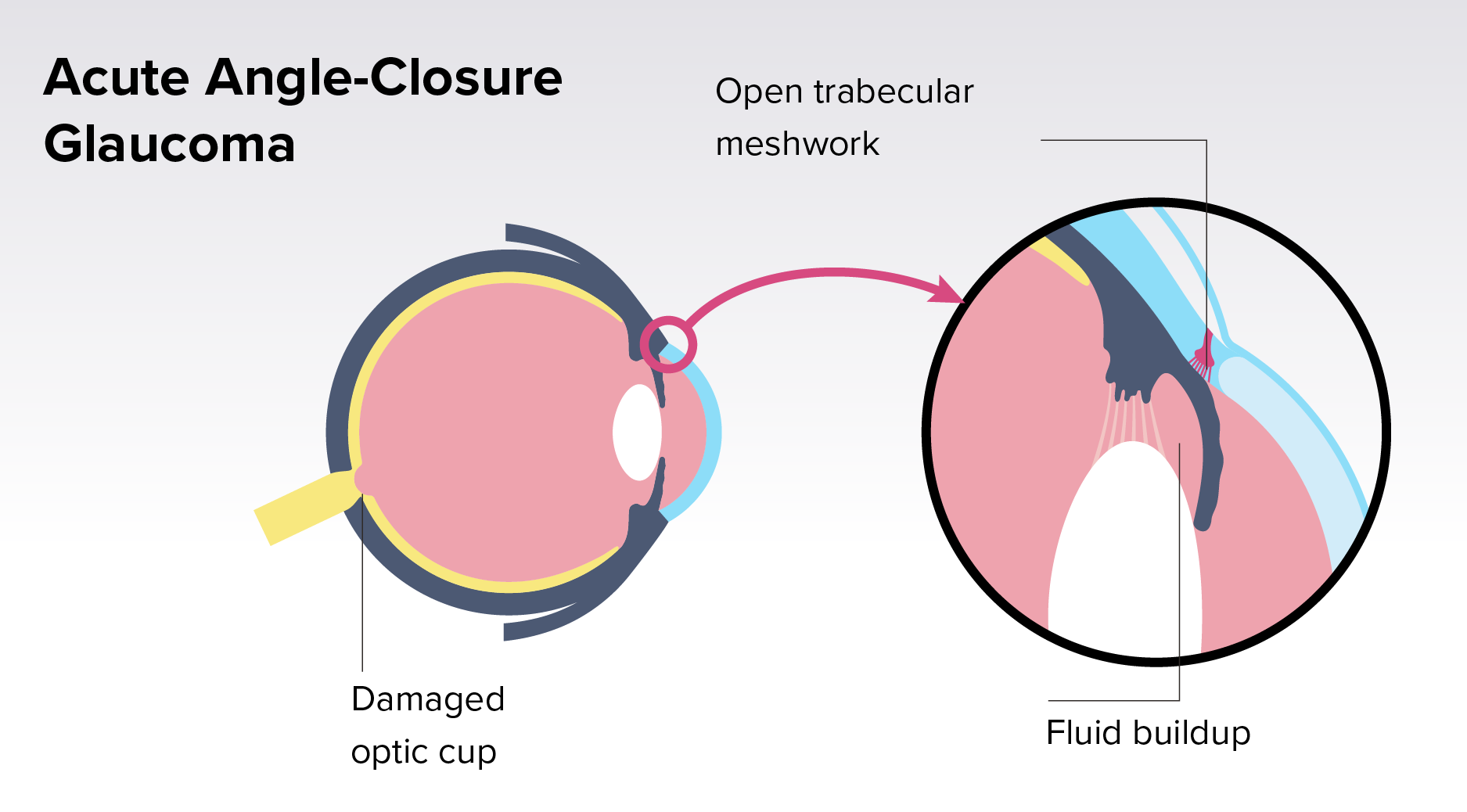
Noticed a change in your vision recently? One possible cause is glaucoma.
Glaucoma is a progressive eye disease that is often called the “silent thief of sight”. This is because it is not noticed at first, only showing clear symptoms when it has caused severe permanent visual loss.
This article will help you understand the condition, its symptoms, and risk factors. We will also cover the current treatments for glaucoma.
Glaucoma is a condition that leads to damage in the optic nerve. In most cases, the damage is caused by elevated intraocular pressure or the pressure in the eye.
The optic nerve is responsible for transmitting visual information from the eye to the brain. When diseases like glaucoma damage it, vision loss is a possible outcome.
Vision loss from glaucoma usually begins at the peripheral parts of our vision. It moves inward over time.
Most people only notice the symptoms once the vision loss has already reached their central vision.
There are two main types of glaucoma. These are open-angle glaucoma and angle-closure glaucoma.

Open-angle glaucoma is the most common form of glaucoma. It develops slowly, painlessly, and often unnoticeably at first.
In the later stages, possible symptoms of it include the following:

Angle closure glaucoma can take 2 forms. The more common form is where the eye pressure rises slowly and damage occurs over a few months. There are few symptoms in the early stages.
The less common form is the acute type, where the eye pressure rises over a few hours. It is considered a medical emergency.
This form of the condition presents suddenly and with severe, highly noticeable symptoms. Because it can quickly cause permanent damage, patients must seek prompt medical attention for it.
Below are some of the signs of acute angle-closure glaucoma:
Anyone can develop glaucoma. However, some groups are more vulnerable due to medical or genetic risk factors. People who belong to higher-risk groups are advised to get regular screening to find and manage the condition early.

Age is one of the chief risk factors for glaucoma. After hitting the age of 40, the risk of developing the condition rises dramatically.
This is because the drainage system and optic nerve weaken with age.
If you have a genetic predisposition towards it, you are more likely to get glaucoma. Studies even indicate that nearly 50% of people with open-angle glaucoma have a relative with it.
Diabetes is often linked to glaucoma. This is partly because diabetics can be prone to suffering conditions that elevate intraocular pressure.
Hypertension affects the flow of blood to the optic nerve. It can also increase eye pressure, which is a key mechanism in glaucoma.
Long-term steroid use can hinder the drainage of fluid from the eye. The result is that the fluid builds up, which increases intraocular pressure.
Previous eye injuries can actually worsen your risk of developing glaucoma. Some injuries can damage the drainage systems of the eye, for instance. This can lead to them functioning poorly, raising intraocular pressure.

Glaucoma detection requires a comprehensive eye examination by an eye doctor. You cannot make a glaucoma diagnosis off a single basic vision test.
Your doctor may use a variety of diagnostic tools to identify glaucoma. Here are some examples:

Glaucoma cannot be cured. However, it is possible to treat the condition by managing it to avoid further damage to the patient’s vision.
With timely treatment, a doctor reduces a patient’s intraocular pressure. This can halt the progression of the disease and prevent further damage to the optic nerve.
Here are some possible treatments for glaucoma:
Ultimately, glaucoma’s chief peril comes from its often-unnoticeable progression in the early stages. This means that many people with the condition notice it only when it has caused severe and irreversible damage.
Early detection and consistent treatment is the solution to minimising its effects. If you believe you may have or be at risk for the condition, please book an eye screening with us.
Our specialists can evaluate you to see if you have glaucoma and may need treatment as soon as possible.